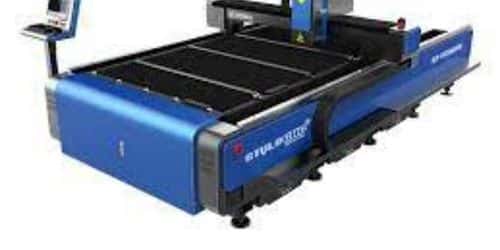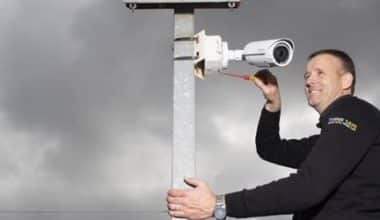Virmer metal laser cutting machines are suppliers worldwide. Virmer has more than 15 years of background in producing industrial gear for various industries. They are suppliers in the Netherlands but also supply metal laser cutter machines in European countries.
Smaller metalworking companies use more portable models, but metal laser cutters are standard oil used in machine shops and manufacturing industries. Small metalworking companies, construction offices, and even hobbyists are available in garages for those who may need to cut metal sheets, pipes, and rods in materials such as stainless steel and aluminum.
Knowledge of these metal-cutting machines can help you grow your business and produce different projects. Along with the best-quality metal-cutting laser machines, we will give you details on how to use them.
Metal lasers can cut other materials but are less common than thin aluminum. Let’s uncover the difference between engraving metal cutting machines and simple cutting machines. Engraving metal requires a weaker laser and often uses less expensive equipment.
Cutting Metal Materials
Entry-level CO2 cutters make cutting materials like cardboard, acrylic, and wood easy because these substances burn and absorb light easily. In contrast, metal conducts heat and is reflective, so the laser must focus its energy on a small area to penetrate it.
A Co2 laser can cut metals such as stainless steel and steel. But all metals have different unique abilities, so it all depends on the features of the metal.
Because aluminum and brass are reflective, they can change. Fiber lasers help cut aluminum and copper.
The Essential Pieces of Laser Metal Cutting Machines:
The structure or complete partition
- Reflector path
- Laser cutting head
- Laser power supply (built-in or independent)
- Laser generator
- Water chiller (if water cooled)
- The control panel
- CNC system
A few simple things can make the laser cutting process go faster or smoother to get the best results. The secret to a successful project using a CO2 or fiber laser cutter is learning how they react to different materials once the appropriate laser cutter, laser power, and materials are combined.
To Get Going, Consider These Simple Tips:
Bring the contents up. When it cuts material with a laser, the less surface area to touch on the working platform gives better results. With a raised platform, the machine will lose less heat, and less molten material will spread over it.
Let’s Test:
A test run of your software can inhibit substantial problems in the future. Running the laser cutter through the program without the laser on will highlight any potential faults and save time and material. You can learn the focus point by doing a short test run on scrap material with the laser running and how much power and speed are needed to cut new material.
Separate the Gas from the Laser:
When using a CO2 laser cutter with oxygen gas assist, keep the tank as far away from the machine as possible for safety. Do the same with fiber lasers that can use oxygen or nitrogen. It is often safest to store gas tanks in a separate, flameproof container.
Make a Good Cut:
When designing, make sure to cut out parts from the stock material, which helps post-processing and ensures that there are no cut or bend marks from trying to extrude a piece.
On-Demand Services for Metal Laser Cutting:
Metal laser cutters are expensive, and only some have the time or resources to use them. Fortunately, there are other, much cheaper ways to obtain metal cuttings. Several services out there will handle this for you, and often all you have to do is upload your CAD files for an instant price, submit a design, pay for materials and shipping, and wait. You can place an instant order as per your requirements and receive the machine of your choice.
The largest on-demand metal laser-cutting machine supplier is Vimer.
The critical distinction is that metal is reflective, and some, particularly CO2 lasers, cannot withstand without the laser reflecting the laser emitter. Because of this, low-reflective steels are the primary target for 150- to 300-watt CO2 laser applications.
Fiber lasers operate under a different theory than CO2 lasers, which enables them to achieve many times the power with almost no degradation.
As with other lasers and materials, successful metal laser cutting requires testing to determine the ideal focus point, power, and speed. As a rule of thumb, only use CO2 lasers to cut low-reflective metals, such as steel. Fiber lasers can cut most metals, but determining each material’s correct pulse and power settings is critical.
What Are the Benefits and Drawbacks of Laser Beam Manufacturing?
Laser beam machining has many benefits as well as a few minor drawbacks. One advantage is that it can cut any material and does not demand costly gear. Moreover, it operates with excessive accuracy and exactness and does not experience surface wear. The main disadvantage of laser beam machining is the amount of money required to operate it. When the plastic melts, it can also discharge risky gases.






